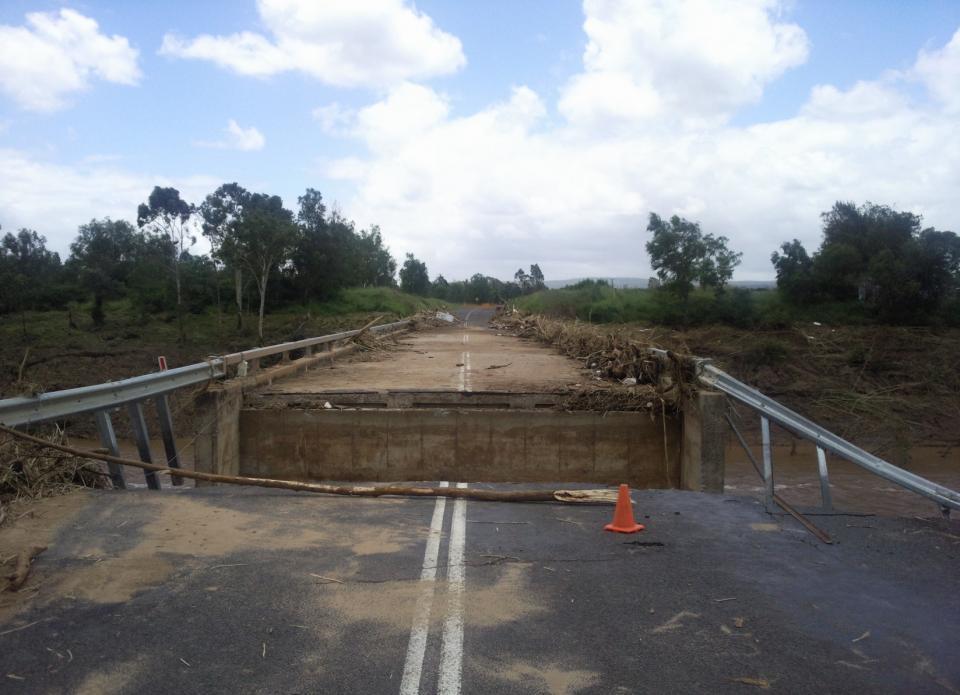
PUBLICATIONS
Published works

Enhancing resilience of critical road infrastructure annual report 2018-2019
| Title | Enhancing resilience of critical road infrastructure annual report 2018-2019 |
| Publication Type | Report |
| Year of Publication | 2019 |
| Authors | Setunge, S, Li, CQing, McEvoy, D, Zhang, K, Mullett, J, Mohseni, H, Mendis, P, Ngo, T, Zhang, L, Herath, N, Karunasena, K, Lokuge, W, Wahalathantri, B, Amaratunga, D |
| Document Number | 519 |
| Date Published | 10/2019 |
| Institution | Bushfire and Natural Hazards CRC |
| City | Melbourne |
| Report Number | 519 |
| Keywords | Emergency management, engineering, infrastructure resilience |
| Abstract | The overarching aim of the proposed second stage of the project is to work closely with key stakeholders to implement the methodologies that have been developed for vulnerability modelling of road structures to priorities vulnerable structures for improvements, to quantify the cost of reconstruction and/or cost of hardening of structures, and to integrate community resilience considerations into the decision-making process. During the last financial year, the research team has published seven peer-reviewed journal papers (5 Scimago Q1 journal papers), 13 national/international conferences papers and one technical report, while there are eight journal papers under review now. The major research activities include the generic analysis of bridges in terms of structural analysis, community impact model for decision making on strengthening, floodway inspection methodology, and strengthening options for different hazard types and levels. A floodway inspection and maintenance framework were also developed to guide the future inspection and maintenance of those bridges, especially for those have undergone hazard events. Four workshops and four meetings were held during the second year of Stage 2 of the project. Two workshops were held at RMIT University to discuss with end users and colleagues regarding the feedback and comments of the project progresses. One workshop was held at the University of Southern Queensland and the Queensland University of Technology, respectively. Feedbacks from these end users have largely benefited the research progress. Four major utilization activities have been identified and are in progress. Our next step is to focus on the remaining milestones and engaging with those end users to tailor the research direction and fulfill their urgent research needs. The final project completion report will be also submitted then for the review of BNH CRC. |
Published Works


